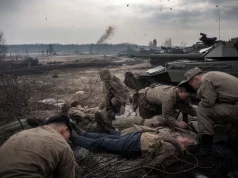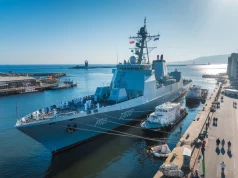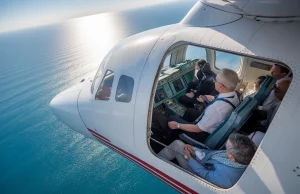In a historic move, the Islamist group Hayat Tahrir al-Sham (HTS) has announced the dissolution of its armed wing just a week after the fall of Bashar al-Assad. This decision, presented as a step towards the greater good, could reshape Syria’s political and military landscape.
A Turning Point for Military Unity in Syria
On December 17th, HTS’s military leader Abu Hassan al-Hamwi declared the imminent dissolution of the group’s armed wing. This decision comes amid national reconstruction efforts following 13 years of civil war and HTS’s recent ascension to power. According to al-Hamwi, the objective is clear: integrate armed forces into a unified structure under the aegis of the regular Syrian army.
This initiative aligns with a strategy to pacify the territory and consolidate national unity. The military leader emphasized that this decision would serve “the general interest of the country,” urging other armed groups to follow suit. For HTS, this move aims to create an environment conducive to stability and economic recovery in a country ravaged by years of conflict.
A Gesture to the International Community
Concurrently, HTS seeks to polish its image on the international stage. The group calls on Western nations to remove its leader, Abu Mohammad al-Jolani, from terrorist organization lists. This request is accompanied by an invitation to engage in dialogue with new Syrian authorities, perceived as a signal of openness.
However, significant challenges remain. HTS continues to face a global perception as a threat, notably from the United Nations and the United States. Despite this, several international delegations have visited Damascus to assess the situation and explore prospects for stabilizing the country.
The Kurds and Territorial Issues
Another critical issue concerns Kurdish-controlled territories in northeastern Syria. Abu Hassan al-Hamwi stated that these areas should be integrated into central administration. “Syria will not be divided,” he affirmed, reiterating the country’s indivisibility.
- This stance arises amidst deadly clashes between Syrian Democratic Forces (SDF) and Turkish-backed groups.
- An extended truce mediated by the US aims to reduce tensions in strategic areas such as Kobane.
Towards Fragile Stabilization?
The path toward lasting stabilization remains fraught with obstacles. The SDF’s proposal for a demilitarized zone in Kobane could represent progress; however, Syria’s political and territorial future remains uncertain. Nonetheless, HTS’s armed wing dissolution marks a significant step in rebuilding a unified nation.

















